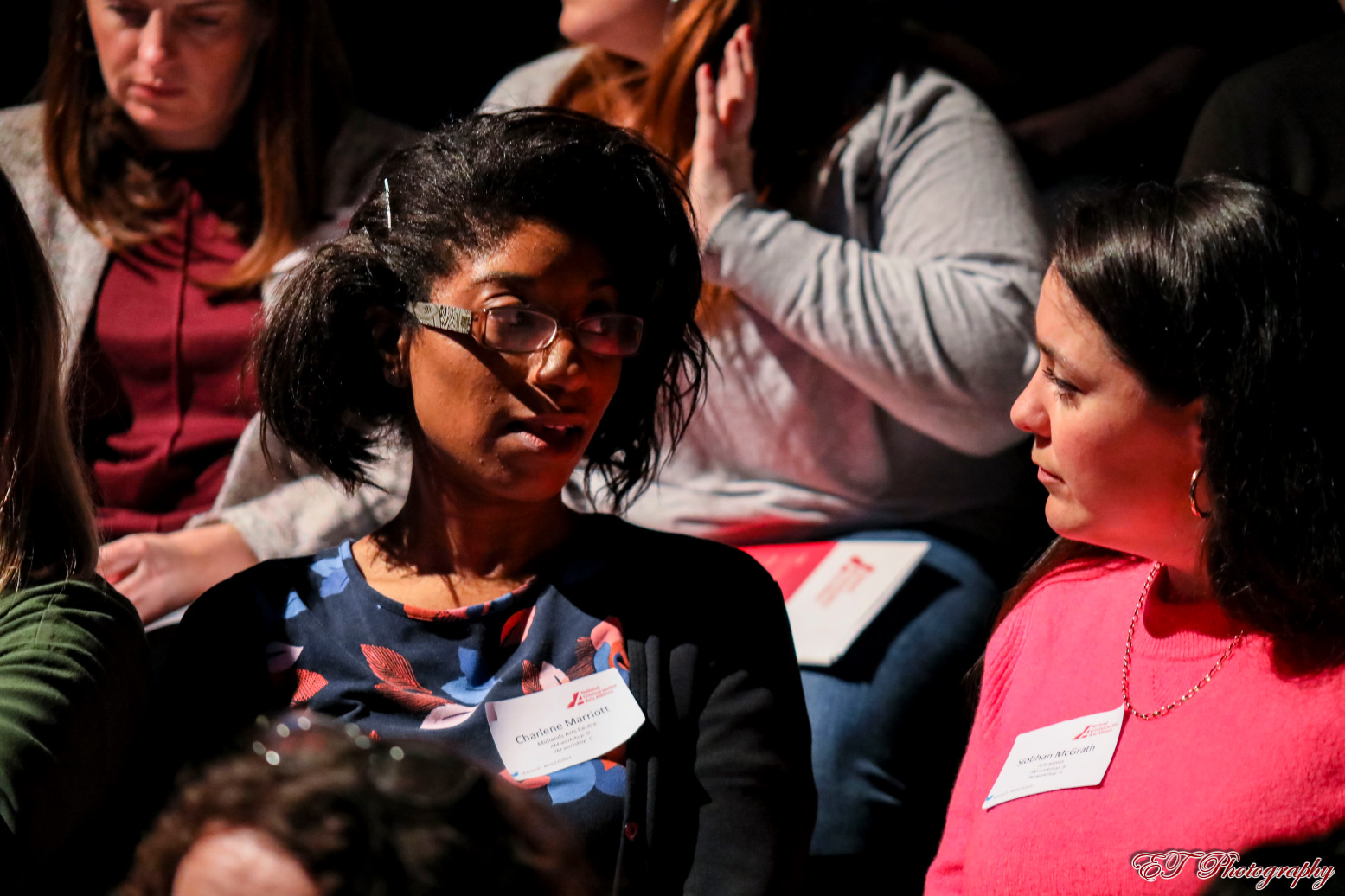Gar’s Blog for Creative Roots
This blog is guest written by Gareth Clark.
Gareth Clark is a theatre maker whose work embraces the struggles of humanity and questions the way we live and are governed.
I can remember clearly the beginning, the first sessions in September last year. We had spent some time honing a series of exercises that we had trialled the year before with a wide range of people. This time they were shaped specifically for the people living and working in confinement at Parc prison.
Those first few days were tense. We wanted to get it right. Our experience of delivering a pilot project the year before had stayed with me. The men were bored, uninspired, living under regimes that seemed to assert only restriction. Our ‘Creative Roots’ sessions were designed to offer an element of freedom, as absurd as that might sound. We wanted to encourage people to explore creativity without the prescriptive approach of perfection, beauty or technical elegance. The tension rose from a desire to take the men on a creative journey and to do that we wanted them to trust us, to follow a programme that asked them to draw without looking at the page, to throw imaginary items around the room and to describe what a photograph might sound like. All of our exercises were designed to provoke a creative response and to inspire new perspectives and dialogue. The classrooms on the residential wings were renamed studio’s and we asserted that this space was for creative exploration.
What happened during those first few weeks proved to be the foundation of the project. We had called this part ‘foundation’ with the onus on engaging the men before moving to more specialised practices. What this phase reaffirmed to me was that we were building our foundation in developing trust through the continuity of our approach. We were building new ways to work on the sometimes loud and intrusive wing, we were constructing a way to talk to the those in the studio and the deluge of questions from curious onlookers. The development of the project on the wing produced a spirit of inquiry that was warming and exhausting.
For some the creative journey was too much, maybe too new, too uncomfortable. It felt like there were at times the barrier of bravado within this male dominate environment. For some dropping this safety mechanism was too much. A well respected ‘Red Band’ (highly trusted inmate) told us that when entering the prison, he had to ‘don an imaginary suit that hid the real self’, asserting that showing any vulnerability would be a mistake. Here in this studio, we were asking people to trust us and that must have felt challenging. For those that stayed we were inspired by their intrigue, willingness to participate and their good spirit. Those first sessions were difficult not for the work with the men in the studio but for the conditions of their confinement that in turn confined us.
Our studio days became something of a feature on the wing. We built up relationships with the men that attended regularly and with others who had been curious. I began to feel more at home with keys on my belt and, when needed, in my hand. I began to feel that some of the early challenges I faced subsided. The sessions clearly offered respite. We asked the men to give us a word of how they were feeling or pick a colour that represented their mood as they entered the studio. It was evident that our exercises developed a connectedness between us and them, between us all. Sometimes it was evident that the people participating felt free to speak openly, to share stories, to support each other and to surprise us with skills in rapping or tattooing or soap sculpture. The sessions created a buzz on the wing that something was happening… something positive… something other. And when those foundation sessions developed into painting, print making, photography and writing it was obvious from those word and colour selections that people were leaving feeling good, better, inspired, pleased and, temporarily, released.
The challenges that remain are working in what can be a charged environment with a group of men that carry many different personality traits and learning styles. Many of the men talk about, or allude to, battles with mental health, some show the scars of these battles. Many discuss their ADHD diagnosis and learning difficulties. Far too many are dealing with drug related issues, that seem to be enhanced by their imprisonment, and this has destabilised individual progression and occasionally entire sessions.
In writing a verbatim play with some of the men I heard some of the brutal honesty about their collective plight. Some of the men reiterated that they had committed a crime and that serving time in prison was their deserved punishment. What also resonated was the conditions of their confinement felt like an additional sentence. Their liberty was restricted but the quality of life inside was a further punishment that felt unjust. We talked further and recorded just some of the conditions and difficulties in a short play. I asked the men to read out the words. After they offered no critique just the feeling that through this exercise, they felt heard. I believe that Creative Roots has offered those who seemingly have no voice, and no face in the public conscience, an opportunity to be seen and heard. It has offered them the opportunity to be heralded as able to do something creative, something good, something worthwhile







